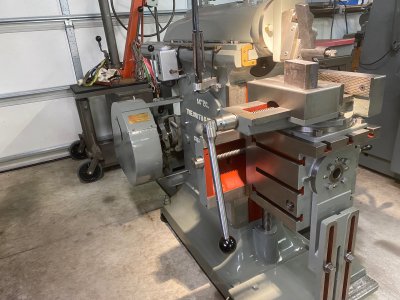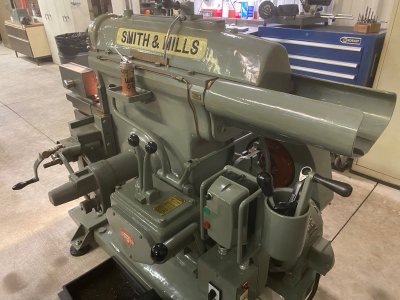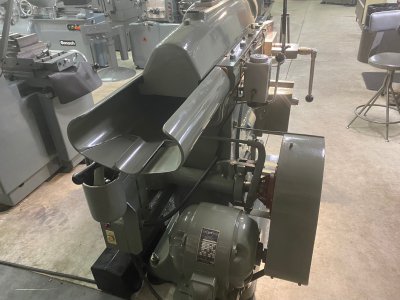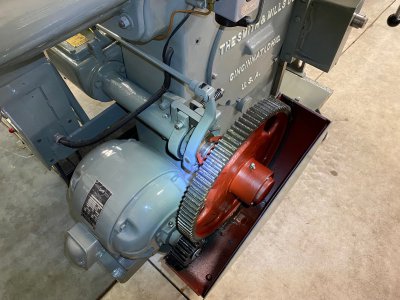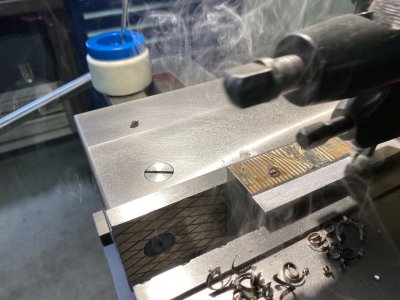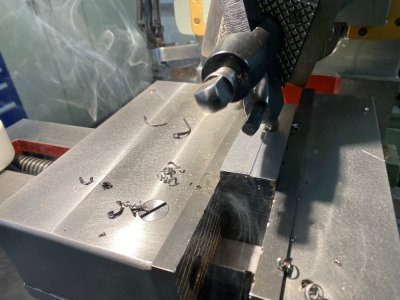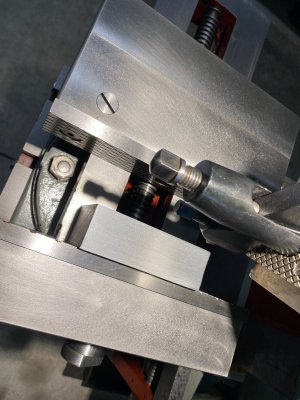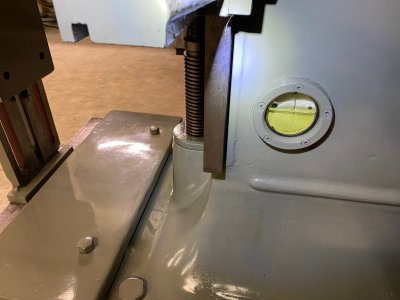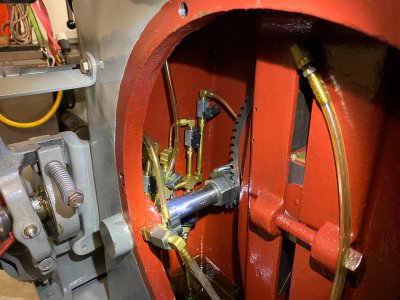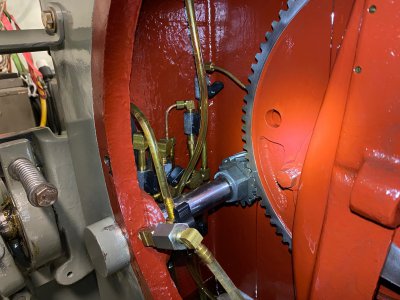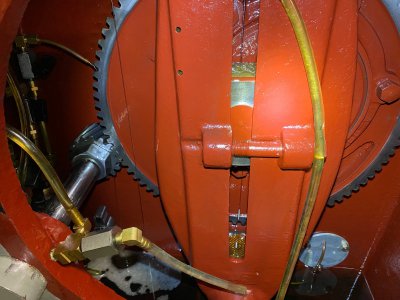- Joined
- Sep 28, 2022
- Messages
- 141
The story that I got with this Smith & Mills shaper was that it was out of high school wood working shop in Missouri. It had been there longer than anyone could remember, and as far as anyone knew it hadn’t run in that shop. When the school closed the shops, it became available at auction. The gentleman that bought it had a large machine shop and always wanted a shaper but never had one. I guess at some point the novelty wore off and the space became more valuable than the machine. That's when I picked it up.
Originally its insides were all open. It had an oil can that dripped oil onto moving parts. I got rid of this and enclosed the base, plugged many holes, and added a pressure lubricating system to all moving parts. And a one-shot lubricating system to the ram. I even made my own meter valves. I rebuilt the vice which improved the machine’s accuracy. I remade some internal pins, bored and sleeved the sliding block, and made an oil catch guard for the rear of the ram and a few other things. It weighs about 2,400 lbs.
Originally, I wanted a larger shaper, but the light weight and compact size have turned out to be pluses for me.

Originally its insides were all open. It had an oil can that dripped oil onto moving parts. I got rid of this and enclosed the base, plugged many holes, and added a pressure lubricating system to all moving parts. And a one-shot lubricating system to the ram. I even made my own meter valves. I rebuilt the vice which improved the machine’s accuracy. I remade some internal pins, bored and sleeved the sliding block, and made an oil catch guard for the rear of the ram and a few other things. It weighs about 2,400 lbs.
Originally, I wanted a larger shaper, but the light weight and compact size have turned out to be pluses for me.


